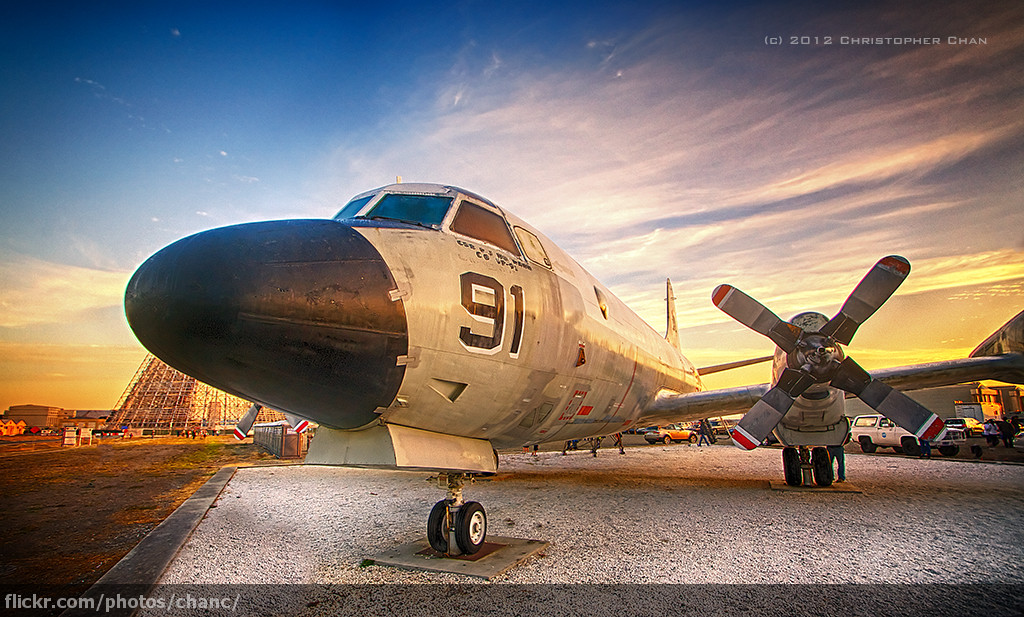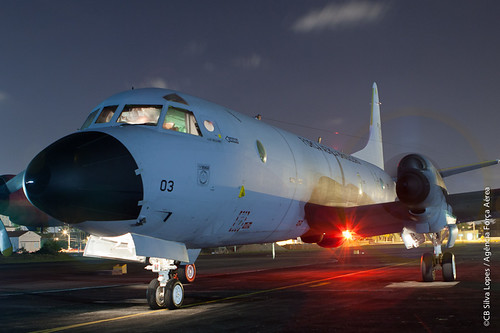
In an era dominated by rapid technological advancements and evolving military strategies, the Lockheed P-3 Orion, a maritime patrol and anti-submarine warfare (ASW) aircraft, continues to command respect for its pivotal role in geopolitical and defense strategies.

With an operational history stretching back to its first flight in 1959, the P-3 has proven its mettle in missions as diverse as tracking Soviet submarines during the Cold War, to patrolling blockades during the Cuban Missile Crisis.

The robust design and significant upgrade capabilities of the P-3 have allowed it to adapt to changing military needs and remain relevant even as newer platforms emerge. Equipped with a unique tail stinger for magnetic anomaly detection (MAD), the P-3 can carry an array of weaponry, from conventional torpedoes to Harpoon missiles. It has served various nations, marking its global footprint in military aviation.

The Orion’s versatility was notably showcased during 2002’s Operation Anaconda in Afghanistan, where it facilitated strategic ambushes by relaying movement of enemy vehicles, saving countless lives—a remarkable feat for a design initially intended for sea-based operations.

Despite its age, the P-3 has received various upgrades, including a Mid-Life Upgrade (MLU) Program, which extends the aircraft’s service life by replacing airframe structures with new materials and improving reliability.

Despite the advent of its successor, the Boeing P-8 Poseidon, the transition is gradual, with the P-3 still in service with two Navy Reserve patrol squadrons. This speaks to its enduring capabilities and the high regard it is held in by the U.S. Navy.

The Orion’s ASW role has been critical in keeping adversary threats at bay, with its maritime reconnaissance abilities acting as a crucial asset against silent submersible stalkers like the Russian Typhoon class and China’s Type-093A Shang-II Class submarines.

While the P-3 has never had the chance to unleash its full sub-killing potential in a hot war, its contribution to intelligence-gathering and surveillance cannot be understated. During operations in Iraq and the Balkans, the Orion’s ability to provide real-time combat intelligence was instrumental for NATO commanders.

Moreover, its adaptability for civilian law enforcement missions, including anti-narcotics smuggling and anti-illegal immigration, demonstrates its operational flexibility.

The P-3C variant, with its advanced sensors and armament upgrades, continues to play a significant role in the US Navy, participating in littoral region surveillance and antisurface warfare (ASUW).

With the Lockheed Martin USQ-78B configuration, it has received improvements in acoustic data processing and combat systems, ensuring that this long-serving aircraft remains at the cutting edge of military technology.

The recent incident in the Barents Sea, where a Norwegian P-3 Orion faced off with a Russian nuclear submarine, illustrates the ongoing relevance of the Orion in today’s security landscape.

While the Norwegian fleet prepares to transition to the newer P-8A Poseidon aircraft, the event underscored the strategic importance of MPAs in the face of resurgent Russian submarine activity.

As Russia continues to demonstrate increased submarine capabilities, posing threats to NATO’s maritime security, the P-3 Orion’s historical contributions and continued service underscore the critical need for a robust and technologically advanced MPA fleet.

With the P-3’s legacy serving as a benchmark, the defense community remains vigilant, continuously adapting to meet the challenges of submarine warfare and maritime security in the 21st century.
